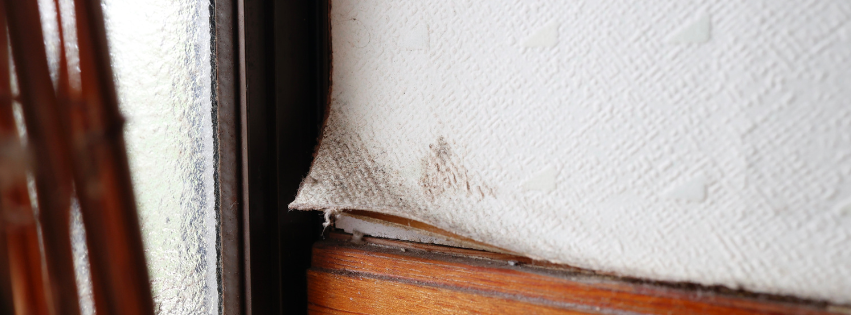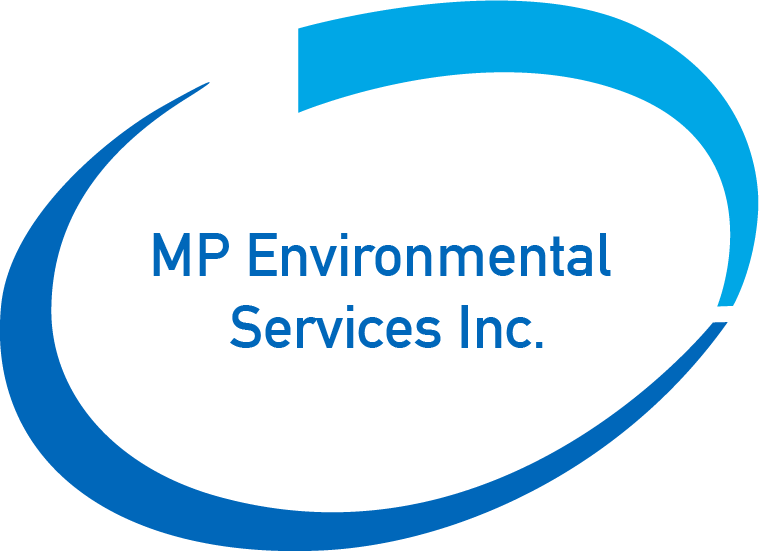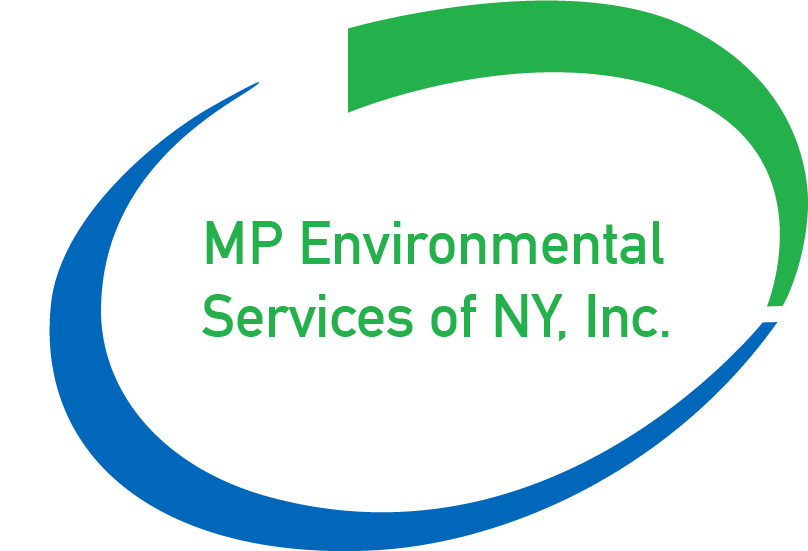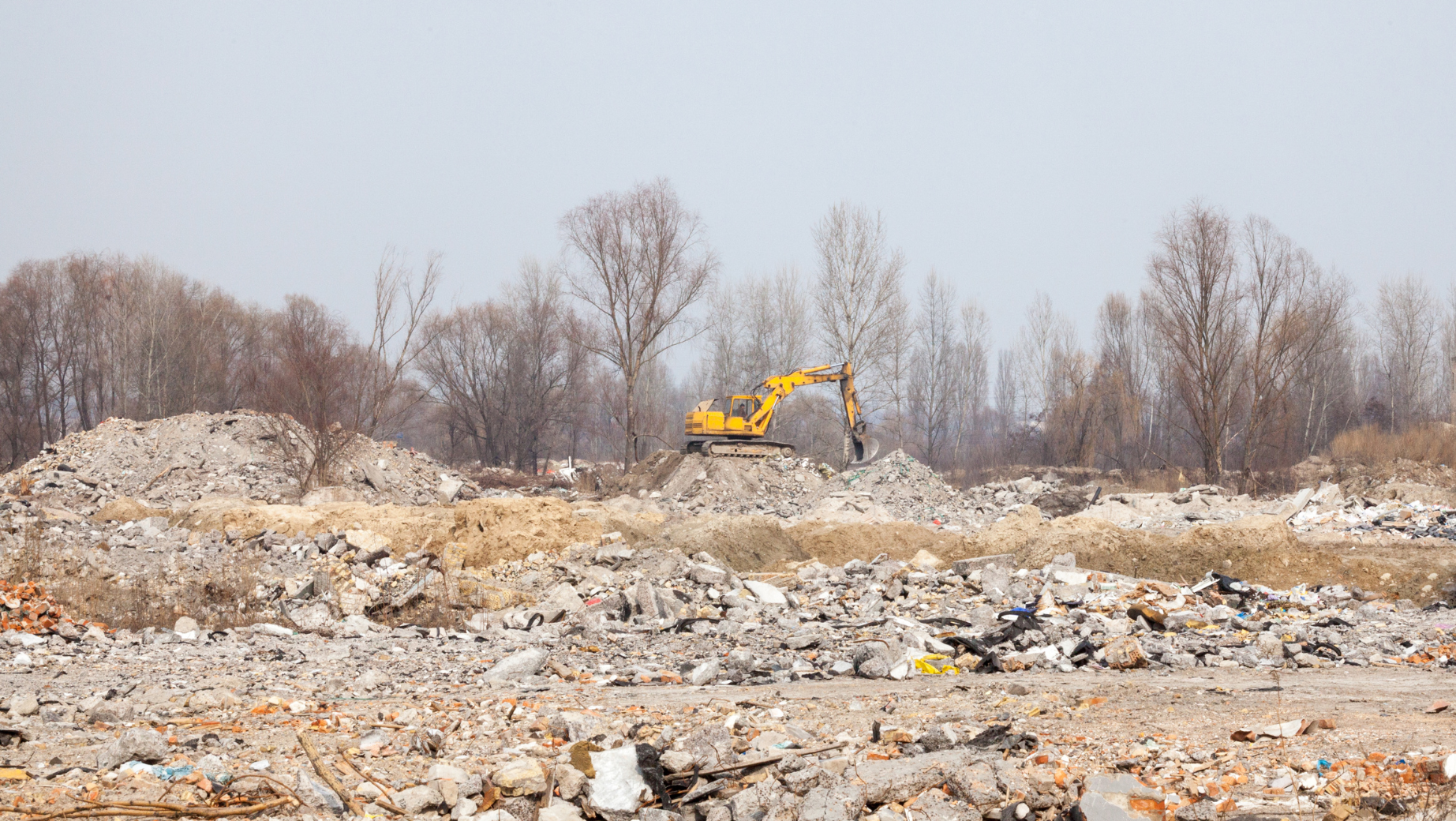What are PCBs? The Environmental and Health Risks

The Hidden Dangers of PCBs:
What You Need to Know About Their Impact on Health and the Environment
Polychlorinated biphenyls (PCBs) are a group of man-made chemicals that were widely used in industrial and commercial applications due to their non-flammability, chemical stability, and insulating properties. These chemicals were used in various products, including electrical equipment like transformers and capacitors, hydraulic systems, and as additives in paints, sealants, and plastics. Despite being banned in the United States in 1979, PCBs continue to pose significant environmental and health risks due to their persistence in the environment.
Environmental Risks of PCBs
PCBs are highly persistent organic pollutants that do not easily break down in the environment. This means that they can remain in soil, water, and air for many years, leading to widespread contamination. PCBs can enter the environment through spills, leaks, improper disposal, and the breakdown of PCB-containing materials. Once in the environment, PCBs can travel long distances and accumulate in the fatty tissues of living organisms, a process known as bioaccumulation.
One of the most concerning aspects of PCBs is their ability to biomagnify, meaning that their concentration increases as they move up the food chain. For example, small fish that have ingested PCBs may be eaten by larger fish, which are then consumed by birds or humans. As a result, top predators, including humans, may be exposed to high levels of PCBs, even if the initial exposure was relatively low.
PCBs have been found in almost all parts of the environment, including air, water, and soil, as well as in the tissues of wildlife and humans. This widespread contamination has led to significant ecological damage, particularly in aquatic ecosystems. Fish, birds, and mammals exposed to PCBs may suffer from a range of health problems, including reproductive and developmental issues, weakened immune systems, and increased susceptibility to disease.
Health Risks of PCBs
PCBs are known to have numerous adverse health effects on humans. Long-term exposure to PCBs has been linked to several serious health conditions, including cancer. The U.S. Environmental Protection Agency (EPA) classifies PCBs as probable human carcinogens, meaning there is sufficient evidence to suggest that PCBs may cause cancer in humans.
In addition to their cancer-causing potential, PCBs can also affect the immune, reproductive, nervous, and endocrine systems. Children exposed to PCBs in utero or through breast milk may experience developmental problems, including learning disabilities and reduced IQ. Adults exposed to PCBs may suffer from liver damage, skin conditions such as chloracne, and other chronic health issues.
PCBs pose significant environmental and health risks due to their persistence, bioaccumulation, and potential to cause serious health problems. While their production has been banned, the legacy of PCB contamination continues to impact ecosystems and human health. Understanding the dangers of PCBs and taking steps to prevent further exposure is crucial for protecting both the environment and public health.





